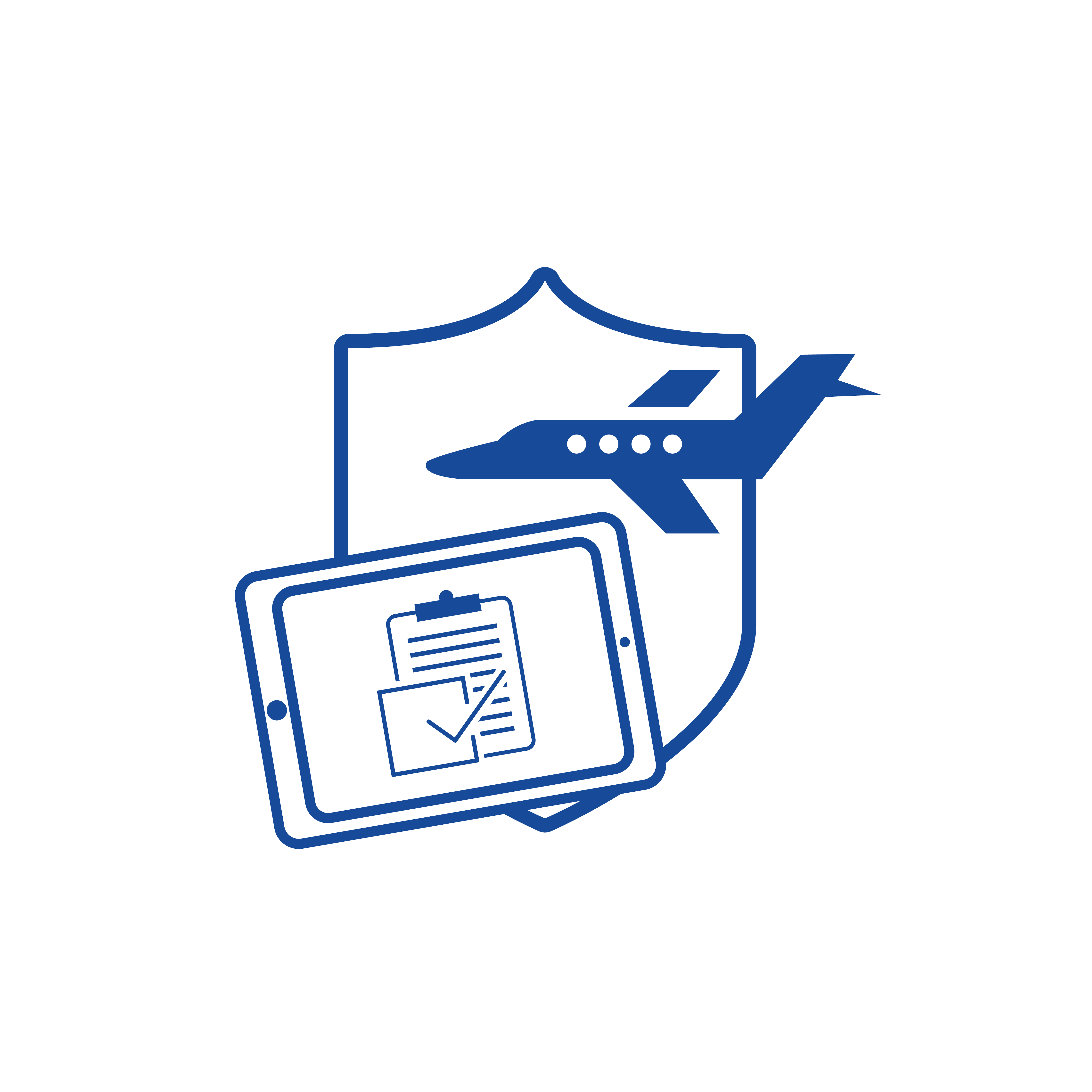Company Sees First Half Demand Rise Amid Flight Restrictions
Washington, D.C., July 27, 2020 – Washington-based AviationManuals, the world’s leading provider of digital manual development services and Safety Management System (SMS) software for business aviation, reported strong demand in the first half of 2020. The demand was the result of flight departments taking advantage of reduced flight schedules due to the COVID-19 pandemic to improve their operations by implementing SMS software and improving or developing operations manuals.
“We have had surprisingly robust demand in 2020, especially considering the negative effects the pandemic has had on business aviation activity overall,” said AviationManuals CEO Mark Baier. “Operators showed a lot of initiative and foresight using the additional time they had available to review and improve the way they operate,” he added.
As the pandemic continues to spread, operators are recognizing the need for better support tools to help manage the new and unique impacts of COVID-19. Several AviationManuals’ product categories including Health Travel Preparedness, Organizational Changes and Metrics Reporting have all seen increases in demand over recent months.
“Our advisors have been remarkably busy helping flight departments and FBOs, particularly with ARC SMS software and emergency response plans. Many operators also took the time to develop and update their flight operations and maintenance manuals,” Baier added.
Compared to 2019, the first half of 2020 saw considerably increased business requirements for digital flight department tools as companies continue to seek to improve the way they operate. The first half expansion followed exceptionally strong growth last year as companies continued to improve the way they operate.
New Products and Complimentary Pandemic Resources
The market strength in the first six months of 2020 allowed the company to grow its team and improve its offerings with new Risk Assessment Tool features, a new Maintenance Manual, as well as an enhanced ERP. AviationManuals’ growing team also allowed it to support the industry by providing complimentary resources for flight, ground, and FBO operations through a series of complimentary whitepapers and guides. The aim was to help operators deal with this pandemic as well as future unforeseen crises.
Clients Operate 4,500 Aircraft Around the World
With a client base that operates more than 4,500 aircraft worldwide, more than 60 Fortune 100 companies use AviationManuals’ services. Based in the Washington, D.C. area, the company provides digital operations manuals with update services, as well as SMS software and iPad apps for fixed-wing, rotary-wing, drone operators, and FBOs worldwide. Founded in 1996, the company has produced thousands of manuals.
Products and services include SMS Software, Flight/Company/General Operations Manuals, International Operations/Procedures Manuals, Minimum Equipment Lists (MELs), Emergency Response Plans (ERPs), FBO Manuals and Internal Audit Programs, as well as Letters of Authorization (LOA) support for RVSM, Data Link (CPDLC / ADS-C), PBN (RNP-10 / -4, NAT HLA, B-/P-RNAV, and RNP-1), Enhanced Flight Vision Systems (EFVS), and EFBs.
AviationManuals is a member of the National Business Aviation Association (NBAA), International Business Aviation Council (IBAC), and the National Air Transportation Association (NATA). For more info go to https://aviationmanuals.com/.
Photo Credit: Alamy Stock Photos





